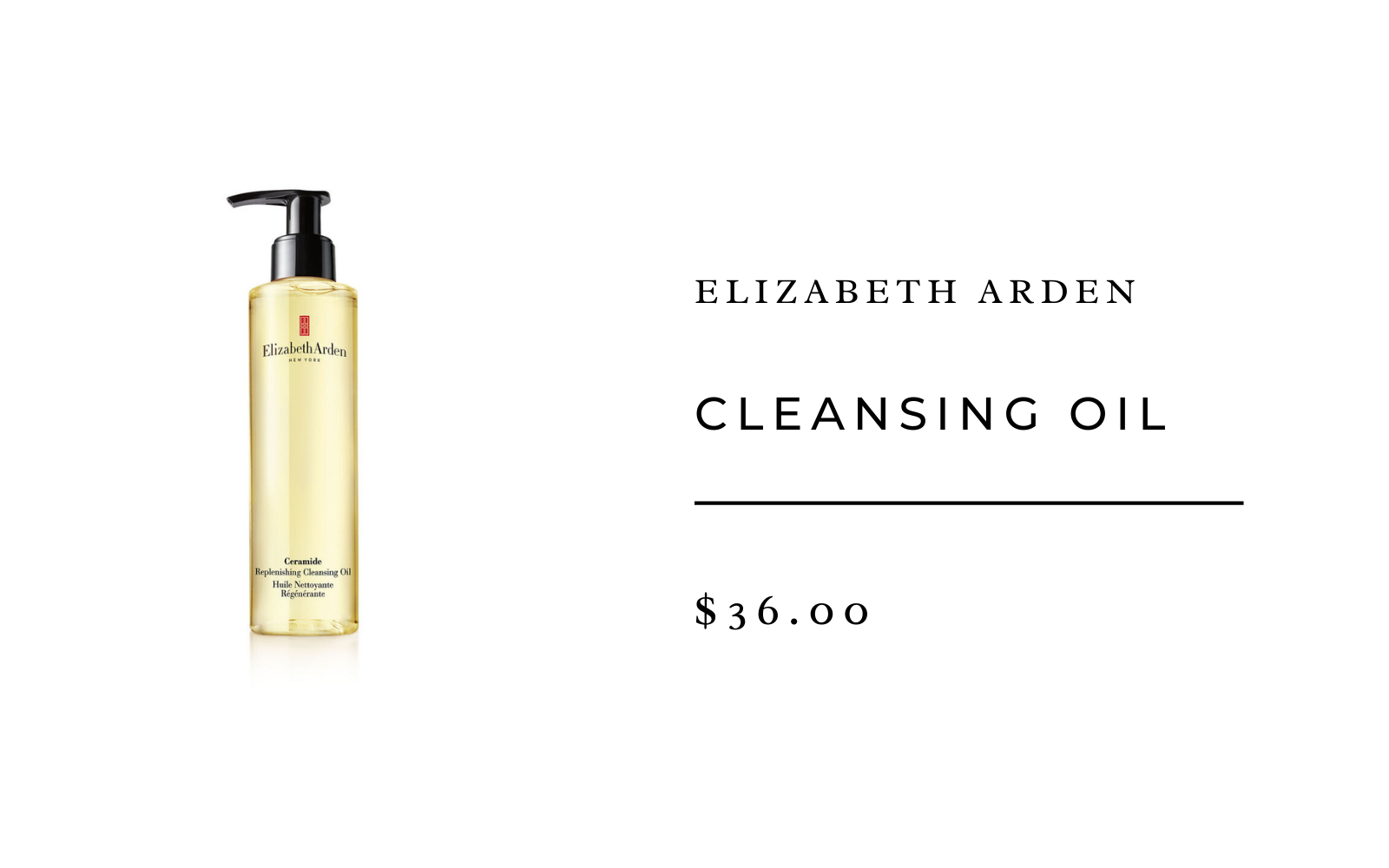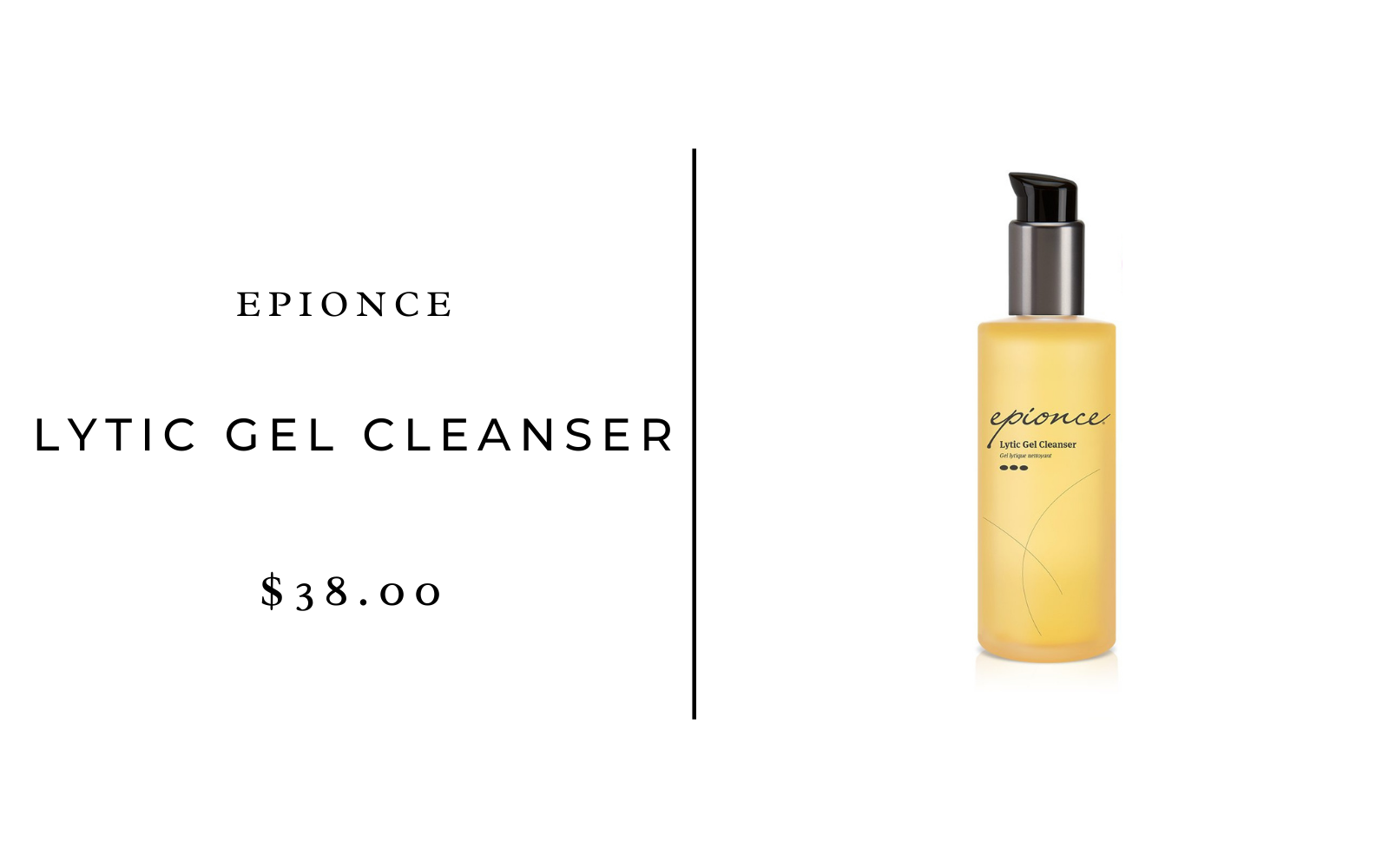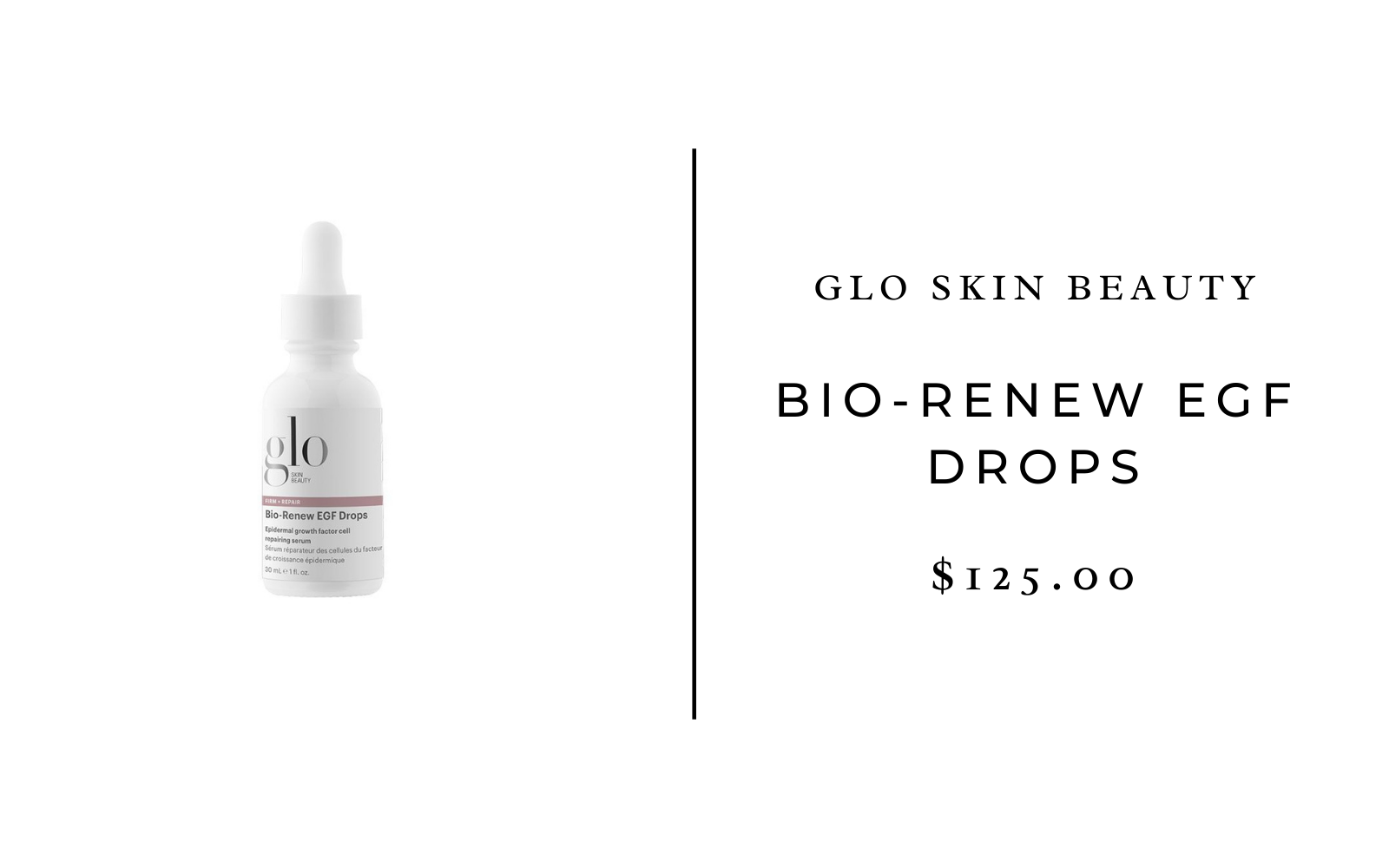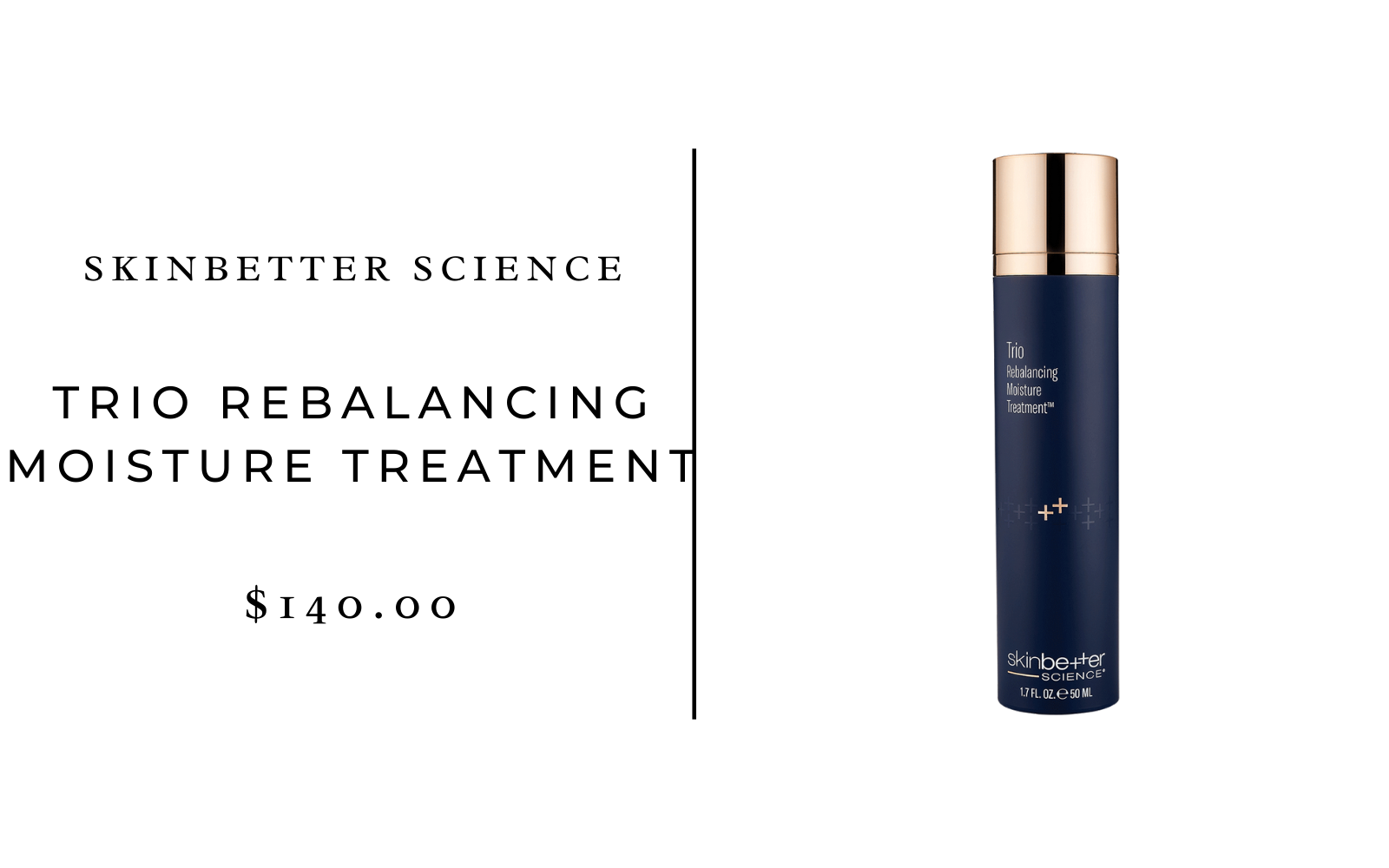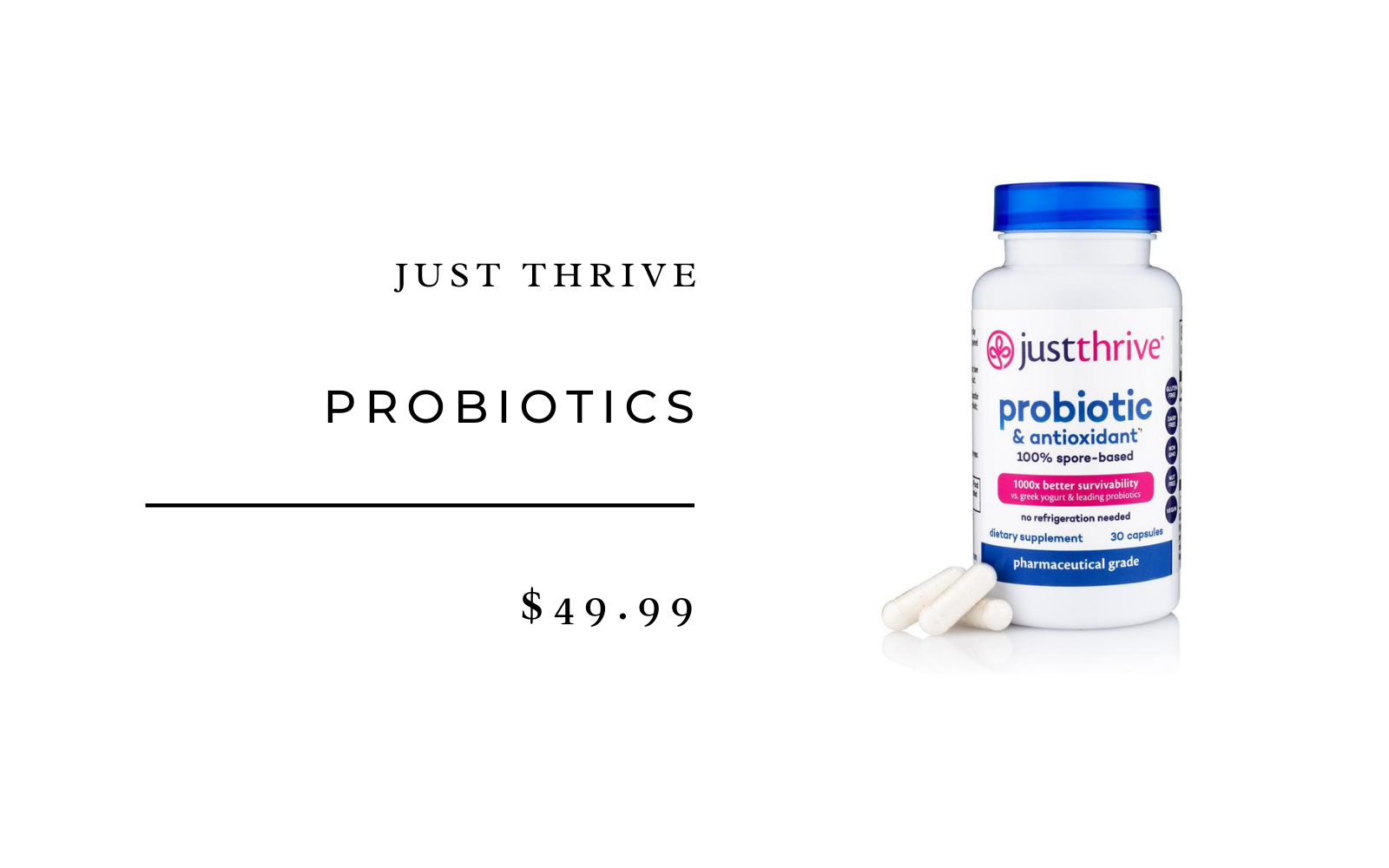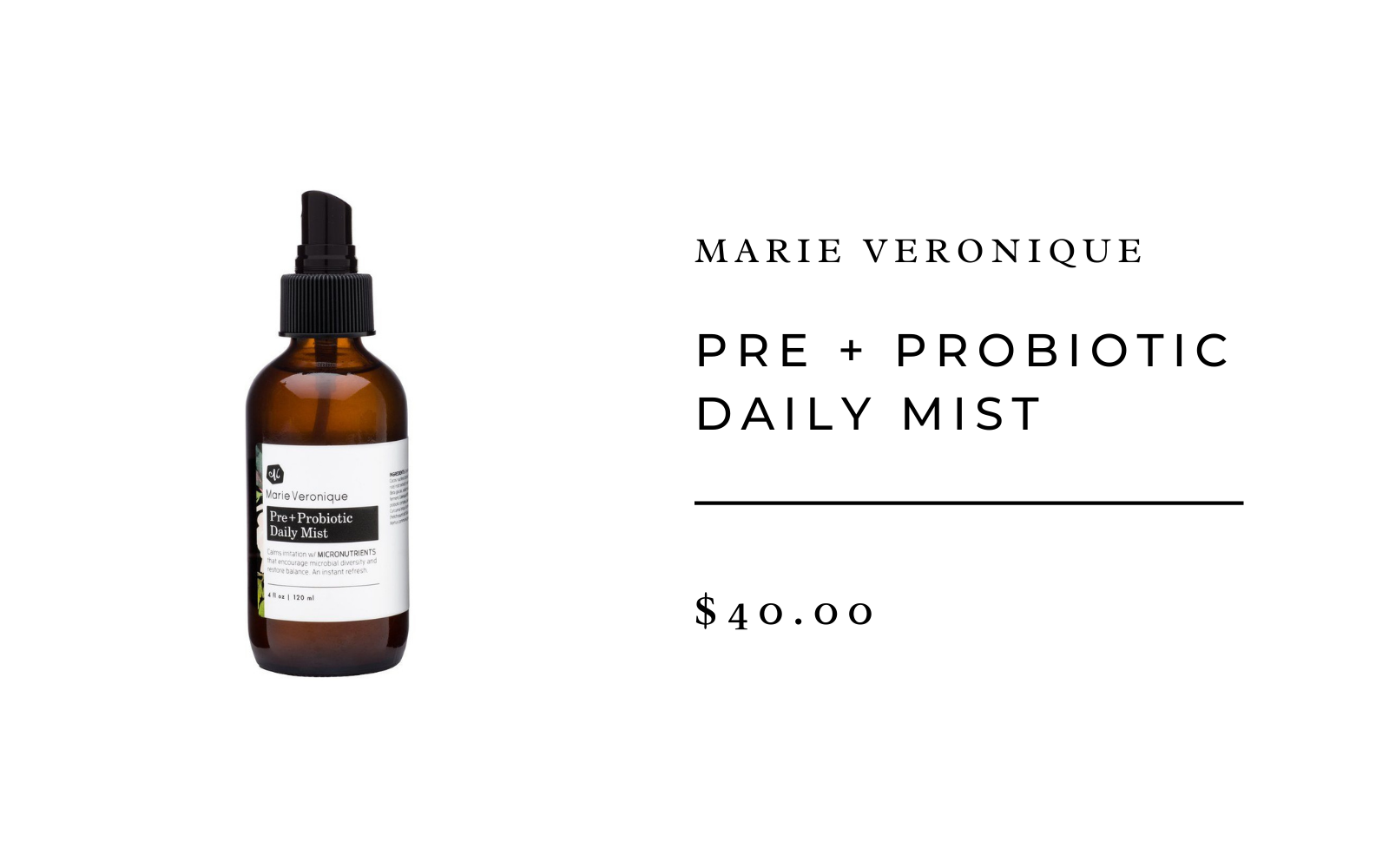For those who find themselves in the middle of the skincare junkie/biology nerd Venn diagram, there always seems to be something fun to dig into these days. From studying how the food we eat affects our complexion to examining the acidity levels of cleansers, tending to our skin can often feel like a science experiment. After learning the ins and outs of probiotic skincare, we decided to turn our attention entirely to the skin microbiome, whose star has been rapidly ascending in the beauty world.
As it should: the skin microbiome communicates with our immune system to fight inflammation, protect against infection, and maintain the overall health of our skin. If that doesn’t warrant becoming a buzzword, what could?
To put it plainly, the skin microbiome is a hero, but it needs our support to truly thrive—and help us achieve the glowy complexion of our dreams. There a several different topical and ingestible ways to do just that, so we tapped two experts on the matter, Dr. Dendy Engelman, a board-certified cosmetic dermatologist, and Edie Horstman, a certified integrative nutrition health coach and founder of Wellness With Edie, to guide us on our own skin microbiome journey.
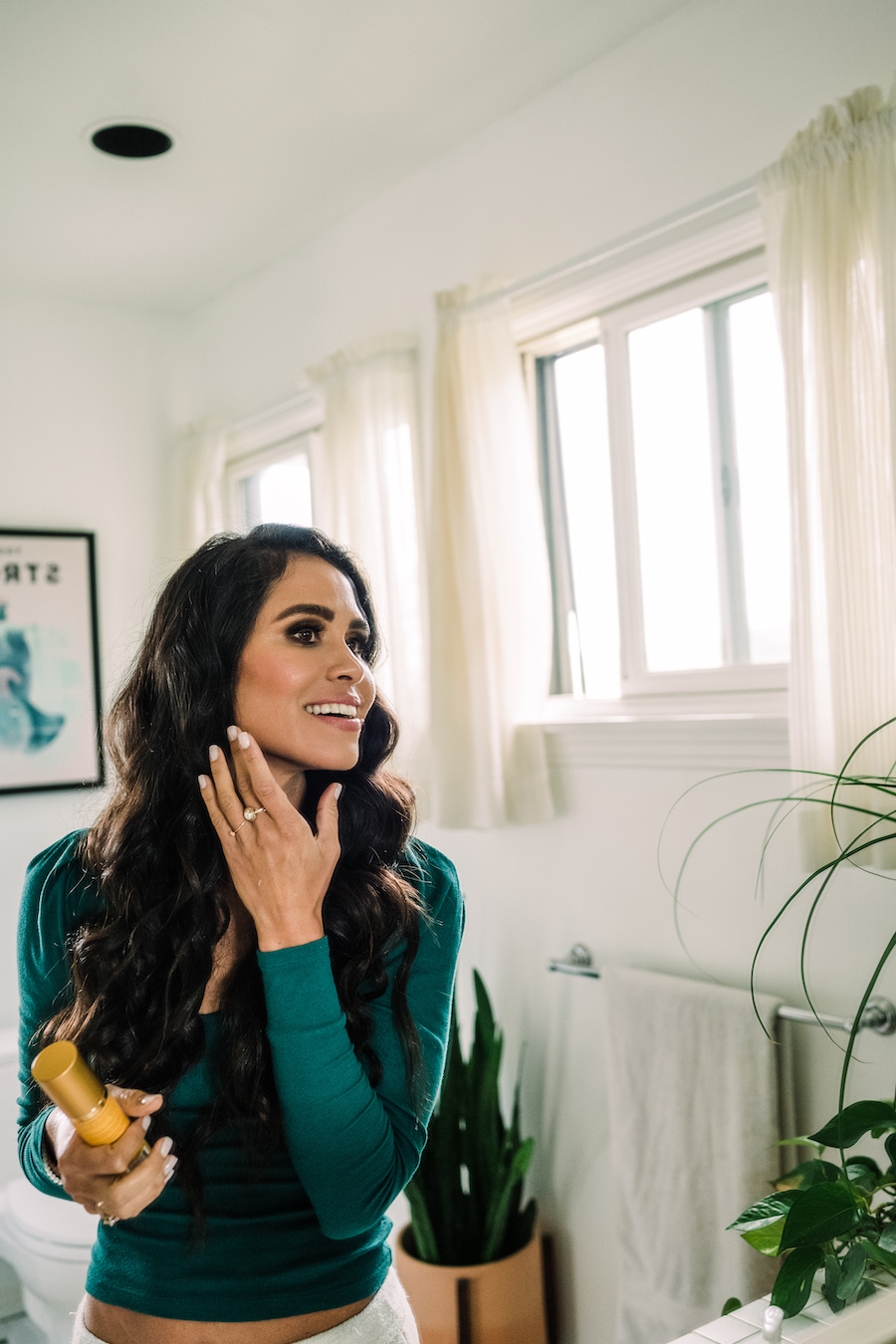
So, what exactly is the skin microbiome?
“The skin microbiome—known informally as the “flora”—is comprised of microorganisms (bacteria, fungi, mites) on the skin’s surface,” Dr. Engelman says. “These microorganisms help maintain the health of your skin barrier and body by preventing unwanted organisms from flourishing, which could lead to conditions like yeast or fungal infections on the skin, psoriasis, eczema, dandruff, and more.”
According to Mind Body Green, the skin microbiome thrives in a fairly acidic environment (an ideal pH balance is about 5.0). This allows the skin to keep disease-causing pathogens at bay the same way healthy gut bacteria protect us. Maintaining that magic pH number is largely about finding the right skincare products and making sure you’re not overdoing it in the cleansing department (more on that next).
How can you protect the skin’s microbiome?
One of the mistakes Dr. Engelman often sees patients make is going overboard with their skincare, believing that more is better while actually throwing off their microbiome, which can cause even bigger issues. She believes a routine should be simple: double cleanse, toner, serum, eye cream, and moisturizer—and, of course, sunscreen in the morning.
“If you feel like your skin is getting irritated or could use a refresh, swap out your usual products for formulas designed to balance pH, or formulated with skin-friendly probiotics,” Dr. Engelman says. “Using products designed to support the health of your skin microbiome can help it readjust and get back in balance.”
Products Dr. Engelman recommends are:
Elizabeth Arden’s Ceramide Replenishing Cleansing Oil
“I like to double cleanse: first removing makeup, pollutants, and debris with an oil cleanser, then deeply cleansing with a face wash. This ensures that you get a deep clean without stripping your skin of its natural oils. This product is formulated with essential lipids and antioxidants, so it replenishes skin with vital nourishment while removing impurities.” — Dr. Dendy Engelman
Another Dr. Engelman favorite, this gel-based cleanser leaves skin feeling hydrated and refreshed.
What skincare mistakes can throw the skin microbiome off balance?
In addition to doing too much in the skincare department, the products themselves may be doing too much to our skin. Ingredients that are too harsh can strip the skin of the good, natural oils that keep things balanced.
“I see many patients who think that the more products they use and the more aggressive they are with their skin, the better and faster their results will be. This isn’t the case!” Dr. Engelman says. “When we’re too rough with our skin, we can throw off the balance of our microbiome and compromise the skin barrier, leading to irritated skin, breakouts, and even infection.”
This brings us to one of the easiest mistakes to make: over-exfoliating. A healthy sloughing session is important (two to three times a week seems to be the magic number for most derms) but going overboard can lead to serious irritation.
According to Dr. Engelman though, it’s not just about the amount of exfoliating, it’s about the product itself. “Physical scrubs — with beads, pieces of shell, or other hard fragments — are often too abrasive for skin and can cause micro-injuries,” Dr. Engelman says. “I recommend using chemical exfoliants instead. However, be careful if you’re not used to those treatments or have sensitive skin. Start small, and let your skin adjust.”
Products Dr. Engelman recommends are:
Glo Skin Beauty’s Bio-Renew EGF Drops
“This serum work wonders for cultivating a healthy, thicker skin barrier, and are suitable for even sensitive skin.” — Dr. Dendy Engelman
Skinbetter’s Trio Rebalancing Moisture Treatment
“This moisturizer provides powerful hydration without weighing down the skin, and it is free of irritating ingredients like parabens, fragrances, and dyes.” — Dr. Dendy Engelman
“Staying hydrated is an important part of a healthy skin barrier, but this can be especially tricky to maintain during cold winter months or when spending time indoors in air conditioning. We also lose a lot of moisture from our skin at night when we sleep due to transdermal water loss. That’s why I recommend using a humidifier. Canopy is my favorite: it is mist-free and utilizes smart technology to maintain an optimal humidity level in your home without growing mold. Plus, it’s easy to clean and dishwasher-safe, making it truly hassle-free to achieve healthy skin.” — Dr. Dendy Engelman
Now, what foods benefit the skin microbiome and what should be avoided?
Staying hydrated makes everything better, including our skin’s health. And of course, everything we put into our bodies may eventually be reflected on our faces. “Overly processed foods and sugary foods can elicit an inflammatory response, which can show up as acne on your skin,” notes Horstman. She recommends kefir (a probiotic milk drink) and sauerkraut for their wealth of natural probiotics. “Be sure to buy unpasteurized brands that contain live bacteria,” she adds.
Products Horstman recommends are:
“Hands down, it’s my favorite. This probiotic uses a spore-based formula, which makes it unique and very effective. Best of all, their strains are super resilient—you can open a cap and blend the contents in a smoothie, or bake them into your favorite dish without losing potency. They’re kid-friendly too!” — Edie Horstman
What is the difference between microbiome skincare and probiotic skincare?
As with any beauty trend, it’s easy to get overwhelmed with new terminology. Dr. Engelman breaks it down simply. “Probiotic skincare involves introducing probiotics to the skin’s ecosystem in order to improve its health and function,” she says. “Microbiome skincare is similar but less specific: it involves intentionally caring for the skin biome using products that won’t disrupt it.”
Are there any ingredients you should look for in microbiome-supporting products?
“Look for products with vitamin C, vitamin E, along with ‘postbiotic’ lactobacillus. This helps the skin restore its natural barrier,” Horstman says. “Carrier oils, like rosehip, can also help your skin’s microbiome due to its antioxidant effects and healthy fatty acids.”
The products Horstman recommends is:
Marie Veronique Pre + Probiotic Daily Mist
“I love it. It’s super calming and made with non-toxic ingredients. Best of all, it encourages microbial diversity.” – Edie Horstman
But where did the wellness and beauty world’s newfound interest in the skin microbiome come from?
Both Horstman and Engelman believe the stresses of last year may have led to a more concerted focus on self-care and ensuring our skin is healthy from the inside out. “As we found ourselves staying indoors, seeing fewer people and being unable to do in-office treatments during the height of the pandemic, the focus shifted to self-care and cultivating skin that not only looks beautiful but is healthy, too,” Dr. Engelman says. “Maintaining a healthy skin microbiome is an important part of achieving naturally beautiful skin. I believe this is crucial to keep in mind as we start venturing outdoors and socializing again.”

